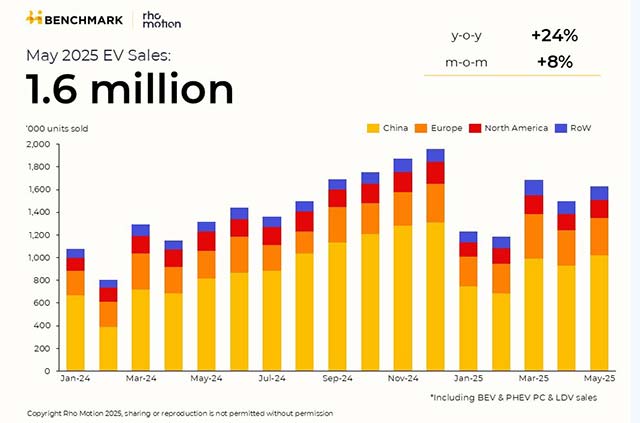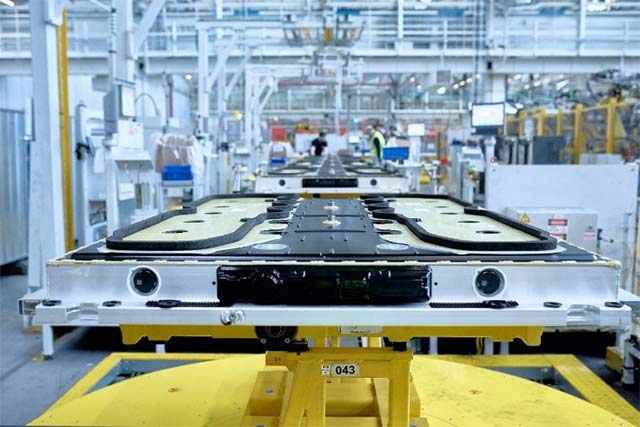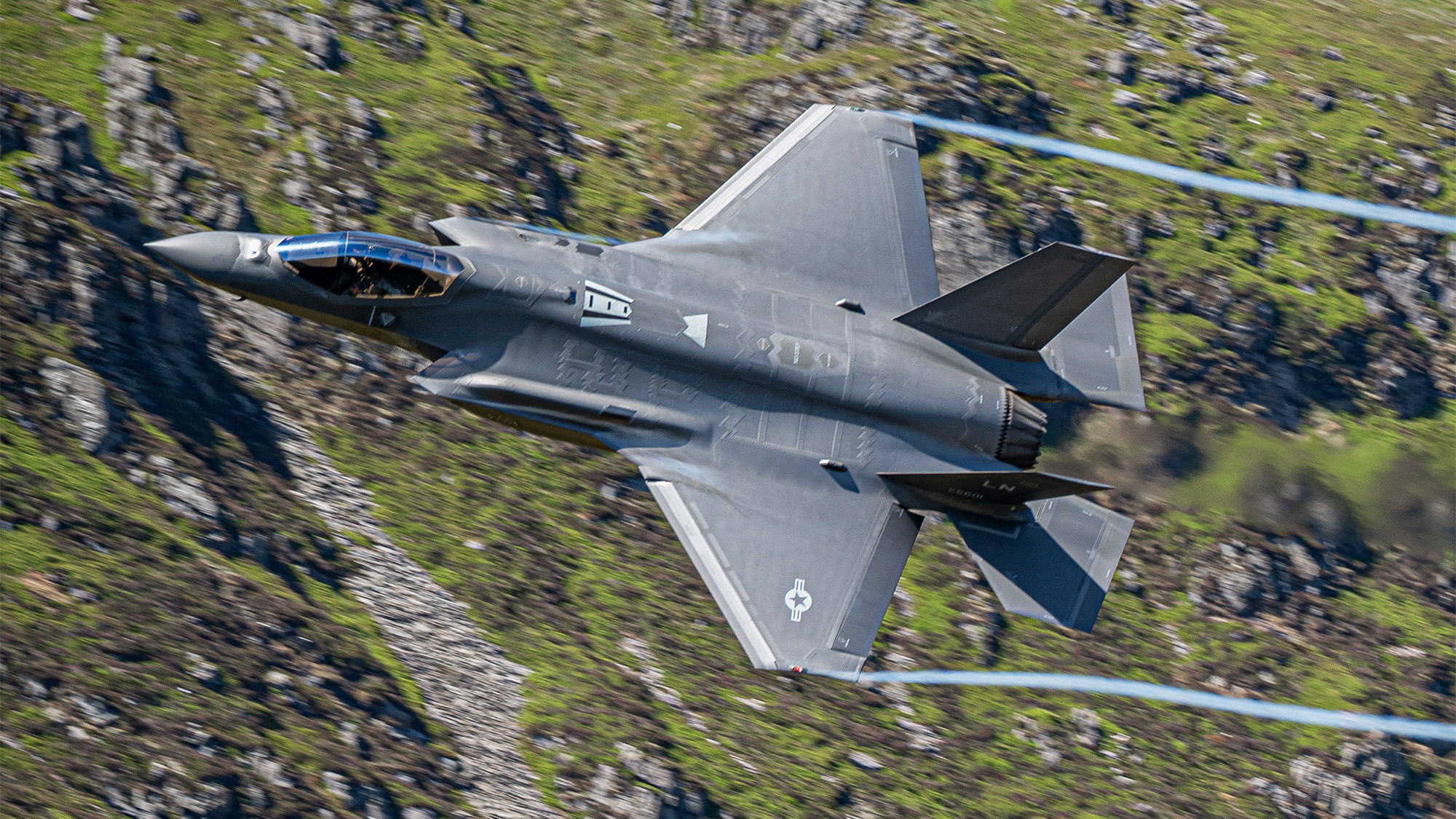“Co-creation” boosts commercial technology for dual-use defense applications
[Sponsored] Advana is an example – a mission-aligned data platform that integrates commercial innovation and defense-grade engineering.


Brave Partner is a U.S. Army Europe and Africa scheduled, directed, and led short notice action planning (SNAP) exercise, which includes live-fire training and is designed to demonstrate USAREUR-AF’s operational reach, validate U.S. investments in North Macedonia, and increase readiness. (U.S. Army Reserve photo by Spc. William Kuang).
Many commercial companies have developed advanced technologies that could find widespread application within the Defense Department with a foundational boost.
This is the strategy that Booz Allen has used as the prime for the Chief Digital and AI Office’s (CDAO’s) Advana program since 2019. Approximately 80,000 Defense Department users presently take advantage of the data analytics platform, with recent discussions of Advana becoming a Program of Record.
Breaking Defense addressed these subjects with Shands Pickett and Graham Evans, both senior vice presidents in Booz Allen’s Defense Technology Group.
What’s product co-creation and how does it help warfighters solve their problems and execute missions?
Pickett: The R&D budget in the United States commercial ecosystem in areas like AI, quantum, and 5G dwarfs that of government departments. Technology companies that are primarily commercial entities – many with dual-use applications – often do not have a federal practice. And when they do, it’ll be limited and they’ll be focused on just a handful of things.

Shands Pickett is a senior vice president in Booz Allen’s Defense Technology Group.
As a DoD direct service provider, we work with these commercial and dual-use companies and expand upon their IP and technology as the foundation to deliver specific mission impacts. That way, the military and federal government at large get the benefit of all that technological innovation that’s taking place – both at Booz Allen and across the commercial industry. U.S. industry has the best software engineering talent in the world, but it’s not directly connected to the Pentagon. For us, it’s a way to square that circle.
We get to work with these companies to jointly create technologies that are faster, cheaper, and more reliable, and then have a continuous R&D refresh because their budgets are such that they’re able to invest a lot of capital into these technology focus areas.
Tell us how co-creation accelerates outcomes for the warfighter.
Pickett: When I was in Afghanistan with the U.S. Army Human Terrain System, there was an Army joke about technology that it was yesterday’s technology at tomorrow’s price. Nothing ever really seemed to work the way you wanted it to.
With co-creation, we flip that on its head. It allows us to bring the latest technology at the best available price and make that available to the warfighter. We do that by working with U.S. commercial innovation to make certain that DoD always has the best. In many use cases, commercial technology will mostly meet the requirement. It just needs a direct provider to add that last 15-20 percent technology layer to it so the tech can operate on a government network.
How do you partner with these companies? They find you or you find them?
Pickett: It is a little bit of both. For example, we recently made an announcement and investment in Shield AI focused on autonomy and their Hivemind enterprise product, a development platform for autonomous systems. This is a perfect example of us looking for each other.
They were looking for a way to accelerate the delivery of their technology into the department. We were looking for an 80-percent autonomy solution, which is what Hivemind was, and wanted to build the next 20 percent to make it work for specific platforms that maybe Shield AI didn’t originally have in mind.
It was a perfect marriage and that’s one reason I think that ultimately that deal came together so nicely, because we both needed each other’s strengths to deliver a complete technical outcome for the government.
What are you hearing from DoD customers regarding their needs in areas like data readiness, AI/ML, and rapid infusion of commercial technology, especially as it relates to Advana?
Evans: The Advana program at CDAO is a great example of those elements. So how have we helped commercial technology companies like Databricks and Palantir scale?

Graham Evans is a senior vice president in Booz Allen’s Defense Technology Group.
Advana is one of the largest federal implementations of Databricks. Databricks is a data platform technology that was primarily developed for the commercial sector, basically giving tools to engineers to make it easier to do massively scalable parallel processing of data. We used Databricks as the foundation to create one of the Defense Department’s largest and most successful data platforms. And that’s Advana.
What the government needed was access in a single location as a single source of truth for their enterprise data. Think logistics, manpower, acquisition, finance.
For example, let’s say during the Afghanistan evacuation a few years ago they wanted to know where all their tanks were. That was a three-week or more data call that they had to go through to figure out where they had tanks that were ready and where they potentially needed to go. Where their people were located within the region was another data call; where their munitions were located was another data call.
Advana takes the different sources of enterprise data from different sources of truth in order to provide a single pane of where my stuff is, what condition it is in, how much it costs, where my people are – from about 3,500 different business systems within the DoD to answer these types of questions.
If you think about it, a tool like Databricks isn’t going to innately understand the business of the DoD. It’s going to provide the underlying infrastructure, the compute power, the tools in which to take that data and make sense of it.
But it still took Booz Allen technologists with the mission expertise, business expertise, and understanding of the department’s inner workings to be able to map that information to a common, let’s call it an ontology, which effectively are the nouns and verbs of the Department of Defense so that an analyst who’s non-technical can understand what that data is describing.
That’s where Booz Allen adds unique value. Industry leaders like Databricks and Palantir bring world-class capabilities to the table to provide a strong and adaptable foundation. But defense missions come with distinct requirements, as we’ve said, whether it’s operating in secure environments, connecting with legacy systems, or meeting mission-specific workflows.
Booz Allen uses advanced technology and mission understanding to tailor, extend, and operationalize these systems for real-world mission impact. That’s the technical advantage we bring as developers, engineers, and architects who build end-to-end solutions. We identify where enhancements are needed, create custom components, and modify platforms to deliver the speed, security, and relevance defense users need. That’s what Advana represents: a modern, mission-aligned data platform that brings together the best of commercial innovation and defense-grade engineering — purpose-built by Booz Allen to empower decision makers across the DoD.







![Air India Boeing 787 Crashes Just After Takeoff, Killing Over 200 People [Update]](https://www.jalopnik.com/img/gallery/air-india-boeing-787-crashes-just-after-takeoff-killing-over-200-people-update/l-intro-1749822284.jpg?#)











































































































































